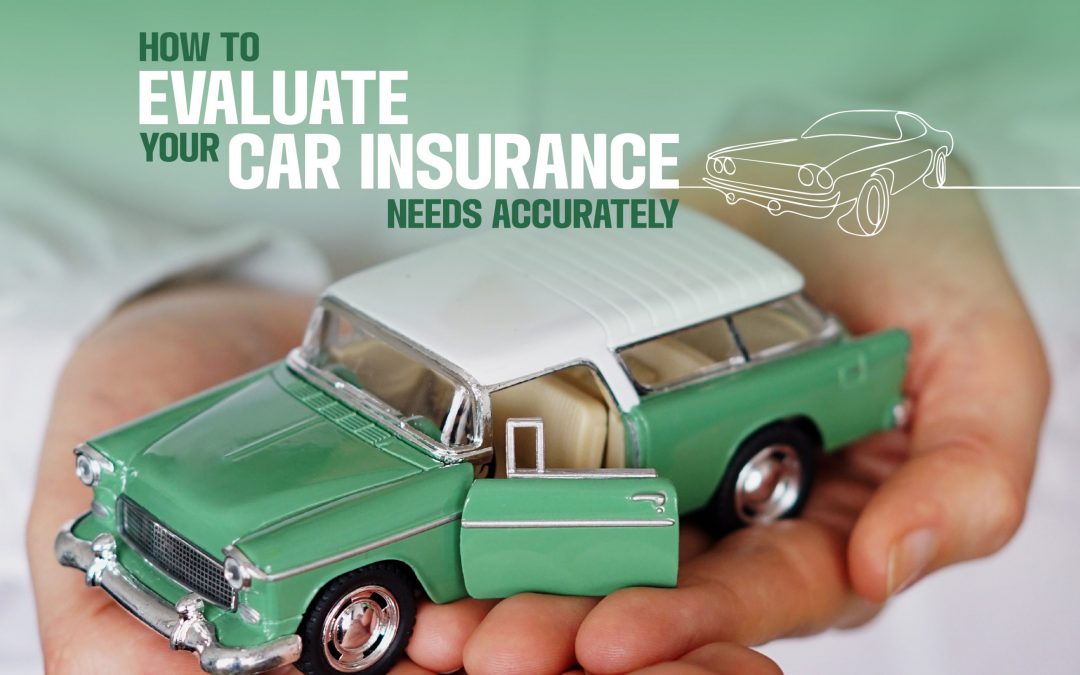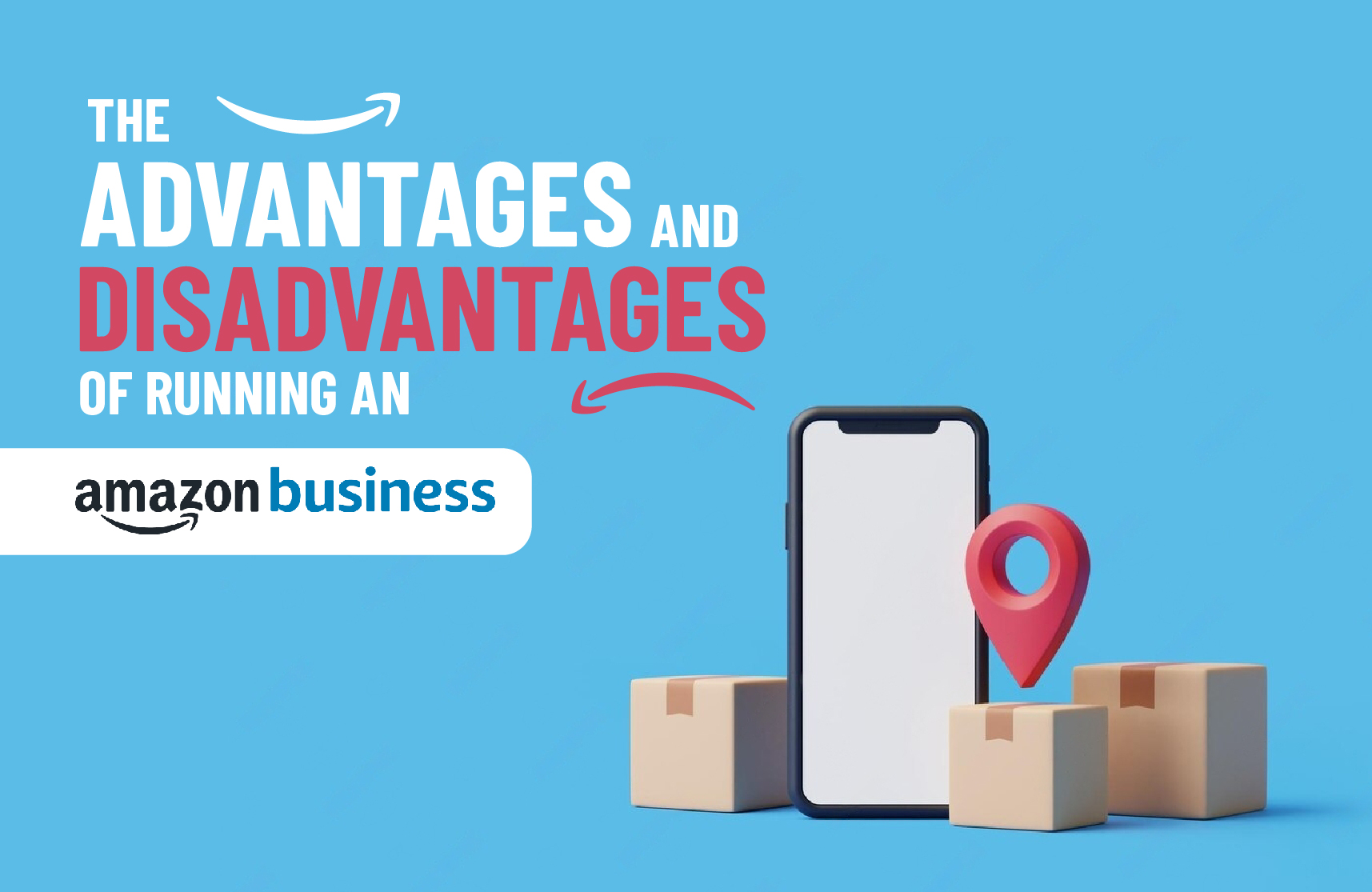Accurately estimating the amount of auto insurance required guarantees suitably strong protection without the financial burden of hefty rates. Examining the specifics of your personal circumstances, the value of the policies, your financial status, vehicle type, and any legal requirements for your particular area is crucial. Of course, car insurance rates also vary from one country to another. For instance, the average price of car insurance in Canada is around $1,300 to $1,800.
These are fundamental factors to take into account when determining the level of auto insurance and choosing the best level of protection.
With that in mind, let’s talk more about insurance so you are better prepared to begin your car insurance search.
The Different Types of Car Insurance
Liability coverage is required in most countries. In the event of an accident, it helps you with payments regarding the expenses associated with injuries and damage caused to other people. Injury to oneself or damage to one’s vehicle is not included in its scope. Collision insurance protects you from damage expenses in accidents, regardless of who is at fault.
Comprehensive insurance protects against losses resulting from non-collision events like vandalism, theft, and natural disasters. Medical payments for both the driver and passengers are covered by Personal Injury Protection (PIP) regardless of who is at fault. In some areas, PIP is required. Finally, uninsured/underinsured motorist protection protects you in the event that you are involved in an accident with someone whose insurance is insufficient to cover your injuries.
Assess Your Financial Situation
When choosing car insurance coverage you should take your financial situation into account. Consider your financial resources and savings. Higher coverage thresholds may be required for substantial assets in order to protect against litigious claims after the event.
On the other hand, financial limitations can lead you to decide to increase your deductible in order to lower rates, but this would increase your out-of-pocket costs should you need to file a claim.
Nowadays, you are able to know just how much money your insurance will set you back. All you have to do is search online for a calculator. For instance, if you find yourself in Ontario, just use a search engine to find a car insurance calculator in Ontario and input your car’s characteristics and the calculator will give you the cost.
Of course, this works with other areas as well and it’s always good to have a ballpark estimate of how much money you will have to pay, annual or monthly.
Consider the Value of Your Vehicle
The cost of your vehicle has a big impact on the scope and need for coverage. Comprehensive collision protection is recommended for more expensive or newer vehicles to cover repairs or replacements.
But for older vehicles, the cost of these policies might exceed the vehicle’s actual value. Consequently, a more prudent financial move would be to allocate those potential premium costs into a savings account for future repairs or the purchase of a new car.
Examine Your Risk Factors Carefully
Your insurance needs are significantly influenced by the environment in which you live and the way your vehicles are used. Regular travel through crowded areas or long commutes increases the risk of accidents, indicating the necessity for more comprehensive coverage.
Furthermore, if you reside in an area where theft, vandalism, or natural catastrophes are frequent occurrences, it makes financial sense to invest more money in comprehensive coverage.
Thus, speak with a specialist to determine the type of insurance that best fits your demands and the area you now live in.
Separate Costs and Customize Your Insurance
There are noticeable differences in rates among insurers. After your needs have been assessed, get quotes from other insurers to compare prices and possibilities for coverage. Never be afraid to ask about concessions, such as those that apply to several vehicles, careful drivers, or packages of insurance policies.
The best insurance plan is one that balances affordable premiums with sufficient coverage, not always the most expensive.
Regularly Review and Modify Your Policy
Moving, buying a new automobile, or going through financial difficulties can all affect your insurance needs.
Make it a habit to verify that your insurance is still fulfilling your needs once a year or following significant life events.
To Sum Up
It doesn’t have to be difficult to determine the exact amount of auto insurance. Through a solid examination of coverage alternatives, financial analysis, appraisal of the value of your vehicle, risk assessment, and comparison shopping, you can choose a policy that provides the necessary protection at a cost that is both affordable and practical.
It all comes down to protecting your finances against unforeseen events and adhering to legal requirements. With careful planning and frequent reviews, your auto insurance coverage will always be in line with your changing demands and circumstances.













